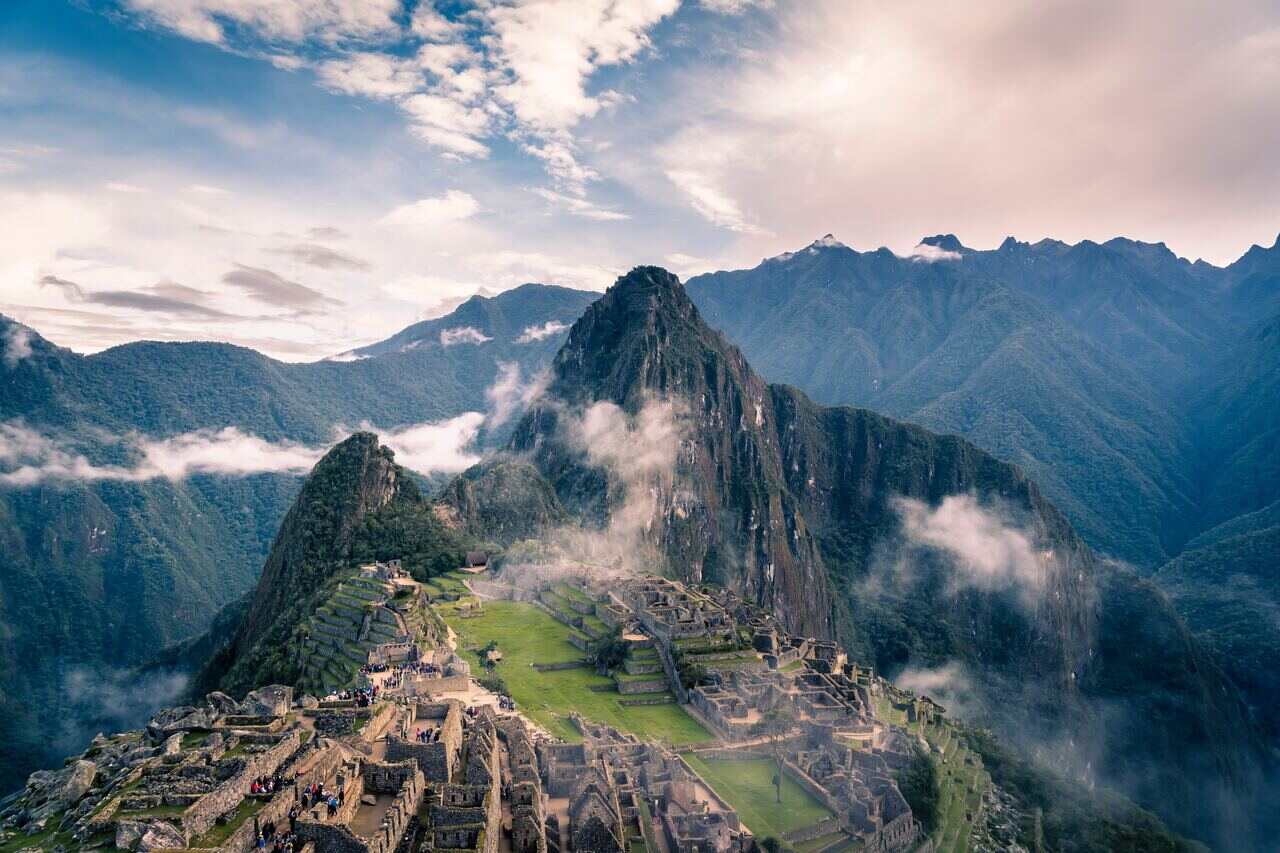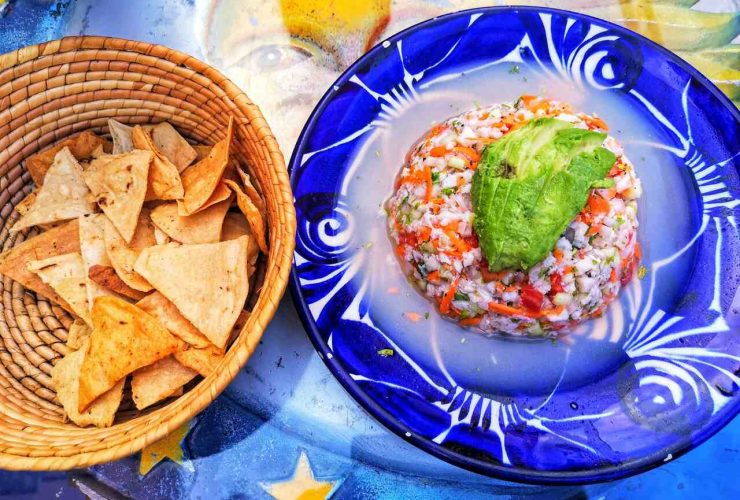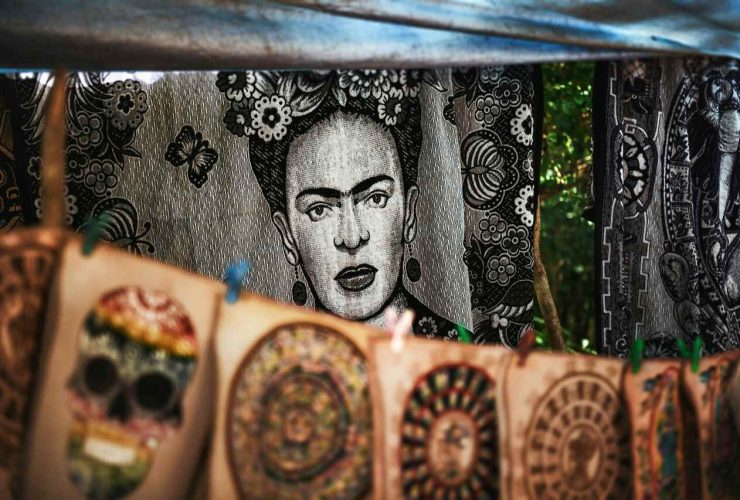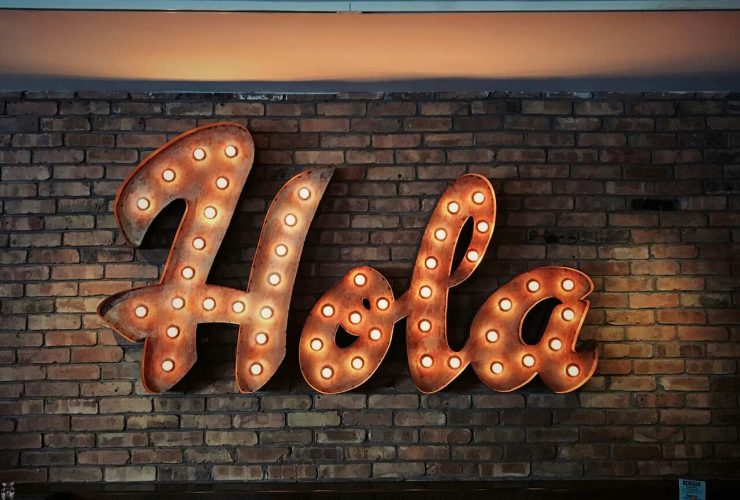Picture this: You’ve just set foot in South America, specifically in the heart of one of the major cities in Peru. As you wander through its bustling streets and alleyways, you’re immediately captivated. The tantalizing aroma of traditional dishes wafts through the air, tempting every passerby. The rhythmic beats of Peruvian music emanate from nearby markets and cafes, beckoning you closer. Children laugh and play, their joy echoing amidst historical colonial buildings that hint at a rich past. Everywhere you look, locals engage in age-old customs, juxtaposed seamlessly with modern-day practices.
Welcome to the immersive world of Peruvian culture, a beautiful blend of the ancient and contemporary, where traditions, both old and new, have deep roots that are cherished, respected, and celebrated widely across the nation.
The Heartbeat of Peru: Its Festivals
The festivals in Peru are a rich tapestry of history, faith, and community. They represent a synthesis of Andean and Catholic traditions, brought together during the colonial period and refined over centuries.
Fiesta de la Candelaria
Taking place near Lake Titicaca, the Fiesta de la Candelaria is one of the most significant religious festivals in Latin America. Dancing, music, and vibrant costumes honor the Virgin of Candelaria. Most Peruvians, and indeed many from across the continent, hold this festival close to their hearts. The de la Candelaria festival is especially notable for its impressive dances and beautiful blankets used in the procession.
Señor de los Milagros
Translating to ‘Lord of Miracles’, this festival has an official status from the Peruvian government. Every October in the capital city, massive processions take to the streets to pay homage to a mural of Jesus Christ painted by an enslaved Angolan in the 17th century.
Holy Week
Holy Week, leading up to Easter Sunday, is deeply rooted in Catholic traditions. Towns and cities across Peru, especially in the Andean region, are known for their processions, rituals, and ceremonies during this time.
Inti Raymi: Festival of the Sun
This ancient festival honors the Inca Sun God. Celebrated during the winter solstice, it harks back to Inca times and is one of the most visually captivating celebrations in the country.
DID YOU KNOW…?
The traditional Peruvian dance known as “La Marinera” is a graceful and romantic couple’s dance that simulates a courtship. It’s accompanied by guitars, cajón drums, and sometimes even trumpets and clarinets. What’s fascinating is that each region in Peru has its own distinct version of La Marinera, each with its unique flair and style.
Food: The Soul of Peruvian Culture
Food, glorious food! Peruvian cuisine is a delectable blend of Spanish influences, indigenous ingredients, and techniques passed down through generations.
Guinea Pig Delicacy
Yes, you read that right! Guinea pigs, or ‘cuy’ as they’re known locally, are a traditional dish in Peru, especially in the Andean region. They’re often roasted and served during special occasions.
World Famous Ceviche
Ceviche, a mouth-watering dish made of raw fish marinated in lime juice and mixed with onions, chilies, and cilantro, is a point of national pride. No trip to Peru is complete without tasting this delight.
La Huancaína
This creamy, spicy sauce made with cheese and peppers is often served over boiled potatoes or pasta. Its rich flavor captures the essence of traditional Peruvian food.
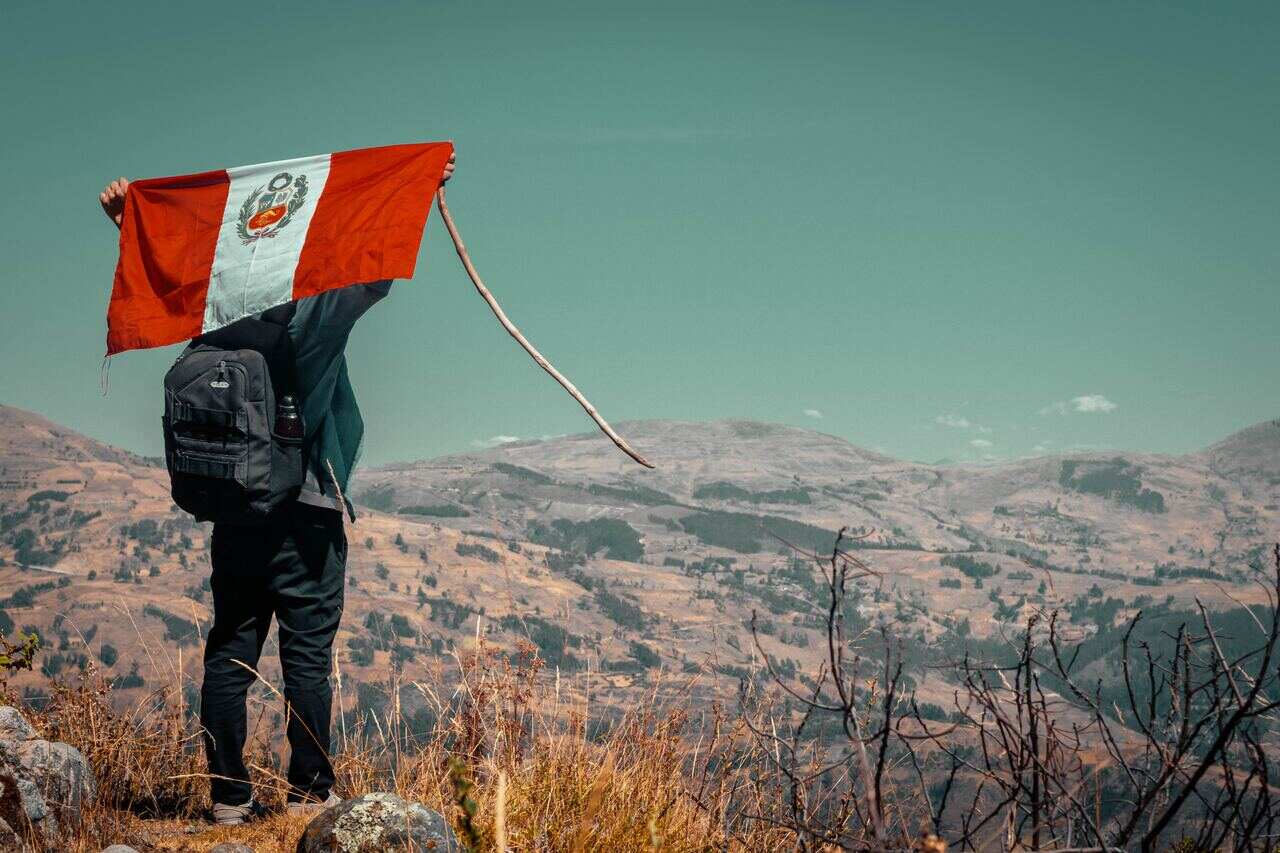
Music and Dance: The Rhythms of the Land
Whether it’s the sounds of the Andes, the beats from the Peruvian Amazon, or the melodies from the coast, Peruvian music is an essential aspect of the country’s culture.
Huayno
Originating from the highlands of the Andean region, Huayno is a testament to the rich tapestry of Peruvian heritage. The genre melds the melodic nuances of Spanish musical traditions with the vibrant and rhythmic indigenous beats, creating a dance that pulsates with energy and history. Dancers, often donning colorful costumes, execute swift footwork that resonates with the heartbeat of the mountains.
Marinera
Marinera is the dance of the Peruvian coast, an embodiment of grace, poise, and passion. With its intricate steps and elegant twirls, it paints a picture of the coastal landscapes and the gentle sway of the ocean waves. Throughout the year, various festivals and competitions in Peru spotlight this dance, celebrating its beauty and cultural significance.
Amazonian Tunes
Emerging from the dense, mysterious heart of the Amazon jungle are the unparalleled sounds and dances of its indigenous inhabitants. These tunes capture the essence of the rainforest – its vastness, diversity, and the harmonious coexistence of its creatures. The dances, often accompanied by handmade instruments, provide a melodic narrative of the legends, traditions, and spirit of the Amazonian region.
Family and Social Traditions: The Fabric of Peruvian Society
The beauty of Peru lies not just in its festivals or music, but in the everyday traditions that keep the spirit of the country alive. Let’s take a step into the intimate celebrations of families and local communities.
The Quinceañera
A milestone in the life of many Latin American girls, the Quinceañera marks the transition from childhood to womanhood at the age of fifteen. In Peru, this tradition is celebrated with much fervor. The birthday girl, adorned in a ball gown, is the star of a grand party filled with dance, music, and often a church ceremony.
Patron Saint Celebrations
Every small town and village in Peru has its patron saint. These celebrations merge Catholic church traditions with Andean customs. Processions, music, dance, and communal meals are the hallmarks of these events. The fusion of Andean and Catholic traditions is deeply embedded in these celebrations, making them unique to each locality.
Paying Respect to Mother Earth
Pachamama, or Mother Earth, holds a sacred space in Peruvian culture. Rooted in pre-Spanish times, ceremonies and offerings are made to honor her, especially in the Sacred Valley and other parts of the Andean region. This tradition underscores the deep bond between the people and the land they inhabit.
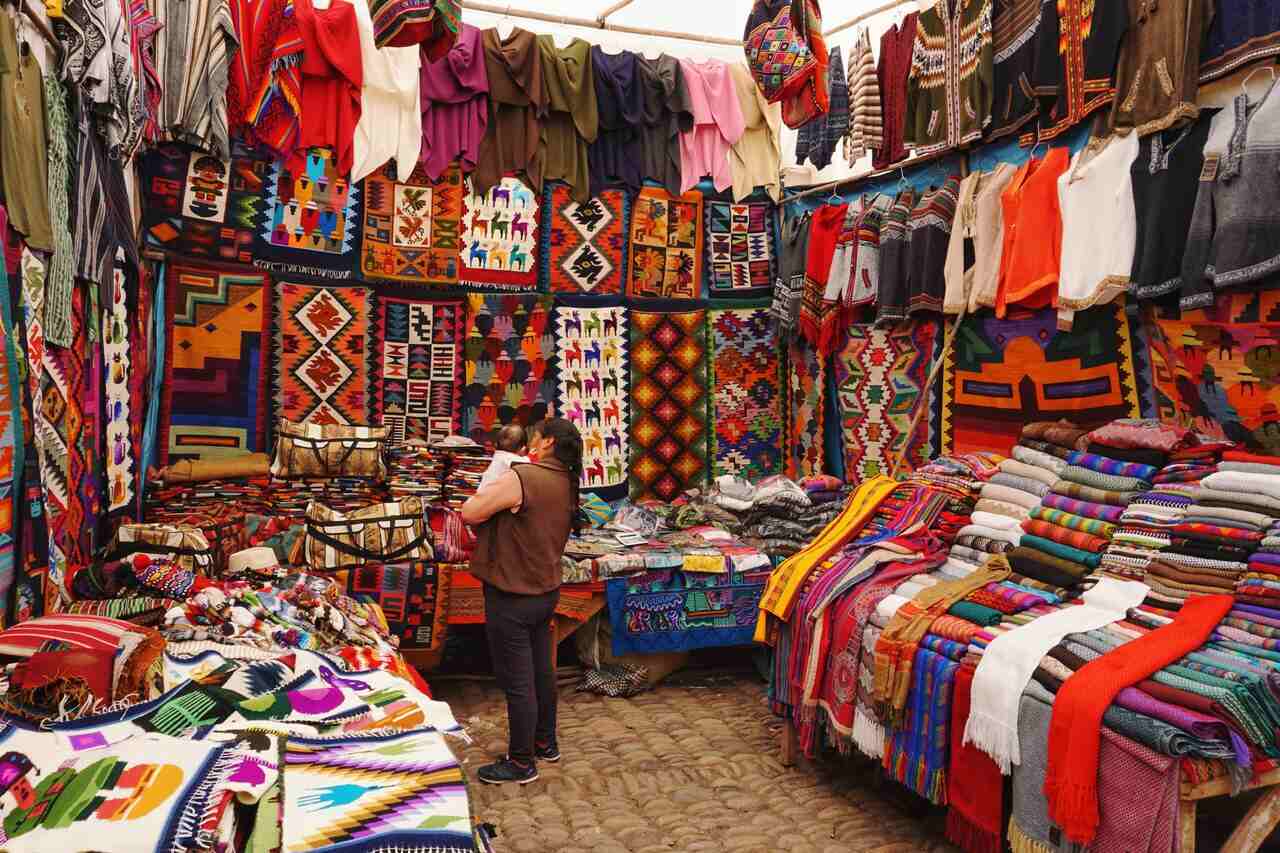
Machu Picchu and Beyond: Unmissable Traditions of a World Wonder
Machu Picchu, often referred to as the ‘Lost City’, is more than just an architectural marvel. It’s a testament to the incredible precision and vision of the Inca Empire.
Sun Rituals
Come winter solstice, Machu Picchu is the scene of rituals honoring the Sun God. As the sun’s rays penetrate the sacred site, ceremonies harkening back to Inca times come alive.
Pilgrimage to the Sacred
Many embark on the pilgrimage to Machu Picchu, not just as tourists but as seekers. Walking the same paths that the Incas once did is a tradition in its own right.
Intiwatana Stone
This ritual stone, believed to be an astronomical clock or calendar by some scholars, draws many. Touching it, feeling its energy, and understanding its significance is a tradition for many who visit.
FUN FACT…
In some parts of Peru, there’s a unique tradition called “Takanakuy.” Every December 25th, instead of exchanging gifts, people settle grudges from the past year by participating in fistfights. After the fights, participants often hug, indicating that all disputes are settled and they can move on peacefully into the New Year! Talk about a distinctive way to resolve conflicts and start fresh!
Contemporary Traditions: A Blend of the Old and New
Modern Peru seamlessly weaves traditional elements with contemporary practices. The result? A vibrant culture that respects its past while looking ahead.
National Holidays and Pride
From celebrating the day Francisco Pizarro founded the capital city to the day Peru gained independence from Spanish colonists, national holidays are observed with zeal across the entire country.
Art and Craft Fairs
Traditional Peruvian crafts, such as textiles, pottery, and jewelry, are showcased in various fairs throughout the year, especially in major cities. These fairs are a testament to the country’s rich artistic heritage.
Football: More than Just a Game
Football isn’t just a sport in Peru; it’s a tradition. Whether it’s the national team playing in a world championship or a local match on a street corner, football brings people together.
Ready To Celebrate In Peru?
Peru is a treasure trove of traditions, spanning centuries and blending diverse influences. From the peaks of Machu Picchu to the rhythms of the Amazon, from the delectable taste of ceviche to the passion of a football match, Peru beckons with its rich tapestry of experiences. Ready to dive deeper? Equip yourself with the language. Our Dedicated Teachers and Student Success Advisors at SpanishVIP are eager to introduce you to the world of Spanish and, by extension, the heart of Peru. Start with a free 1:1 class or indulge in a full week of free group classes
Want to learn Spanish, fast?
Download our e-book, Easy Spanish Shortcuts, and learn your first 1,000 Spanish words in under a day!

